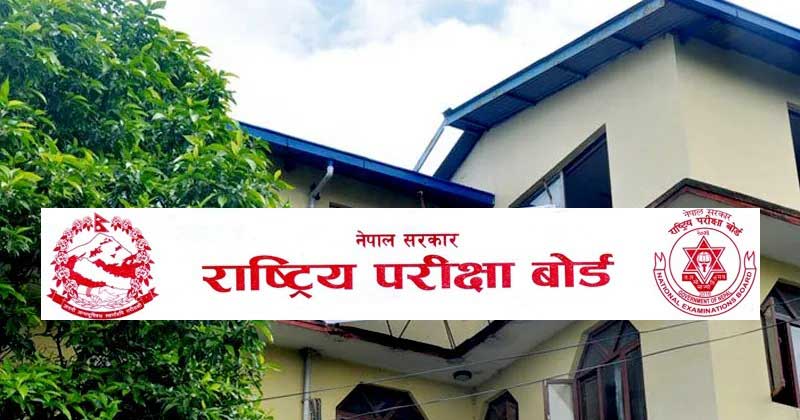
Improved Secondary Education Examination (SEE) Results in 2079
The National Examination Board (NEB) proudly announced the publication of the Secondary Education Examination (SEE) results for the year 2079, revealing a substantial improvement compared to the previous year. The standout achievement is the considerable increase in students with higher GPAs.
Shift in GPA Distribution
Mahashram Sharma, the Examination Control Office Chairman of the NEB, stated that the current financial year saw fewer low GPAs and more high GPAs compared to last year. This significant shift in GPA distribution indicates a positive trend in students' performance.
-
This year, the number of students with a GPA ranging from 3.6 to 4 has reached 22,475, representing 4.63% of the total student population. This is a considerable increase from the 1.94% (9,633 students) of last year.
-
For students who scored between 3.2 to 3.6 GPA, the figure has risen to 55,069, accounting for 11.36% of the total. Last year, this GPA range consisted of 41,627 students or 8.4%.
-
The number of students in the GPA range of 2.8 to 3.2 has also slightly increased from 14.10% (69,900 students) to 14.92% (72,362 students).
-
Despite a slight dip in the percentage of students with GPAs from 2.4 to 2.8 (90,758 students or 18.31% last year, compared to 89,331 students or 18.42% this year), the numbers still reflect an improved educational landscape.
-
Encouragingly, the number of students achieving GPAs between 2 to 2.4, and 1.6 to 2 decreased, further contributing to the overall improvement in GPA distribution.
-
A decrease was also noted in students with GPAs between 1.2 to 1.6 and 0.8 to 1.2, emphasizing the upward trend of student performance.
| GPA Range | Students in 2078 (Number and %) | Students in 2079 (Number and %) |
|---|---|---|
| 3.6 - 4.0 | 9,633 (1.94%) | 22,475 (4.63%) |
| 3.2 - 3.6 | 41,627 (8.4%) | 55,069 (11.36%) |
| 2.8 - 3.2 | 69,900 (14.1%) | 72,362 (14.92%) |
| 2.4 - 2.8 | 90,758 (18.31%) | 89,331 (18.42%) |
| 2.0 - 2.4 | 112,733 (22.74%) | 102,293 (21.09%) |
| 1.6 - 2.0 | 159,400 (20.3%) | 88,447 (18.24%) |
| 1.2 - 1.6 | 44,586 (9%) | 38,770 (7.99%) |
| 0.8 - 1.2 | 3,280 (0.66%) | 2,200 (0.45%) |
Reasons Behind the Positive Results
Sharma attributes the significant improvement in SEE results to a couple of key factors:
-
Standardized Question Papers: The adoption of standardized question papers, especially in English, Science, and Mathematics, has played a significant role in enhancing the results.
-
Reduction in Covid-19 cases: Sharma believes the reduction in Covid-19 cases compared to last year greatly impacted the students' mental state, consequently improving their performance.
-
Improved Education: As the situation normalized this year, the quality of education also improved. The alignment of question papers to students' level of understanding further eased the examination process.
Despite the overall positive trend, there were still 13,992 students who gave partial exams or did not appear at all out of the total 484,939 students who registered for the SEE exam.
The increased GPAs and improved results in this year's SEE are a testament to the resilience and adaptability of students and educators alike in the face of challenging times, marking a promising outlook for Nepal's educational future.
NEB Result NEB SEE




